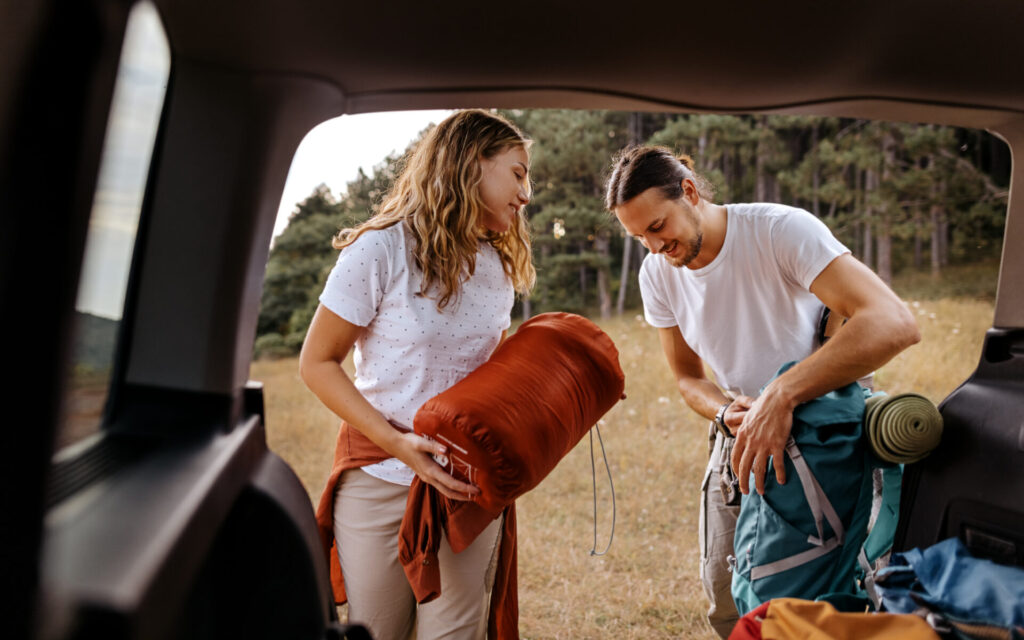Having all the right gear makes such a difference, especially if it’s your first time sleeping outdoors. Your equipment list can be as short or as long as you like, but here are top picks on what to bring when camping.
Campsite basics
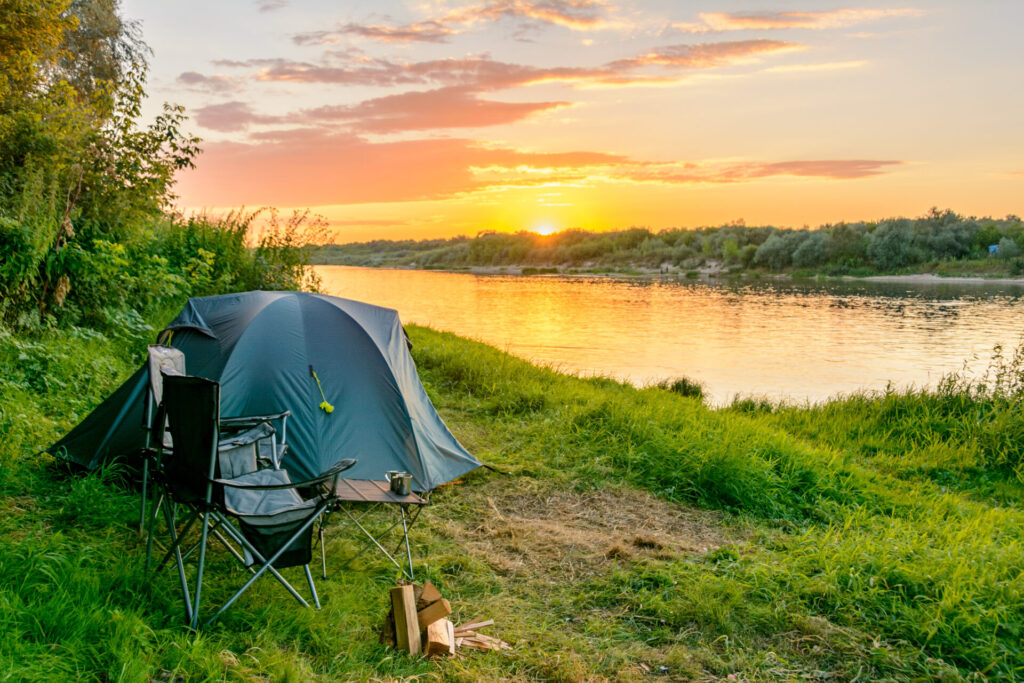
First up is a good quality tent with a rain fly – a waterproof tarp that goes over the tent – and a ground sheet to act as a barrier between your tent and the ground. Avoid overcrowding in the tent by planning to accommodate one person fewer than its advertised capacity. This means a four-person tent will really house three campers and their gear comfortably.
Sleeping bags, pillows and a sleeping pad or air mattress are also necessities. If you’re tempted to forgo the air mattress or pad, don’t. It’s worth making room for it in the car.
Picture the gear you’ll need at the campground at different times of the day. For instance, you might need a hammer for tent pegs or a Swiss Army knife during setup. Toss in a tarp and some rope if you’re plagued by rain – you can always use it to rig a makeshift shelter.
Cooking tools and food
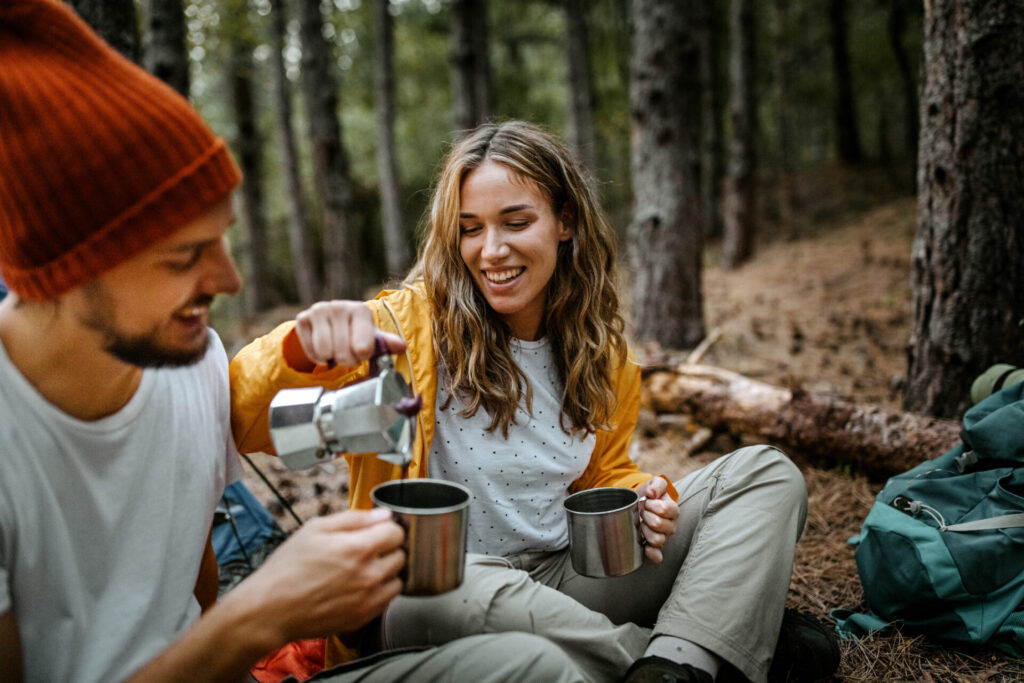
Think carefully about what you’ll need to cook. It’s always best to prep as much of your food at home as possible, but you’ll still need dishes, cutlery, cups and/or mugs, tinfoil, roasting sticks, a cutting board, a pot or two and a portable cookstove with fuel (or a fire grate, if you’re more adventurous). With dirty dishes comes cleanup, so bring a plastic dishpan, some biodegradable dish soap, a dishcloth and a tea towel.
Mornings often start with coffee, so bring everything you need to make your favourite cup of joe. Energy bars are convenient, as are pre-washed fruit, veggie sticks and hard-boiled eggs from home. Plan your menu carefully and prepare as much as you can before you leave (such as a batch of chilli or curry). Bring a large water jug to limit your trips to the community faucet.
Picnic gear
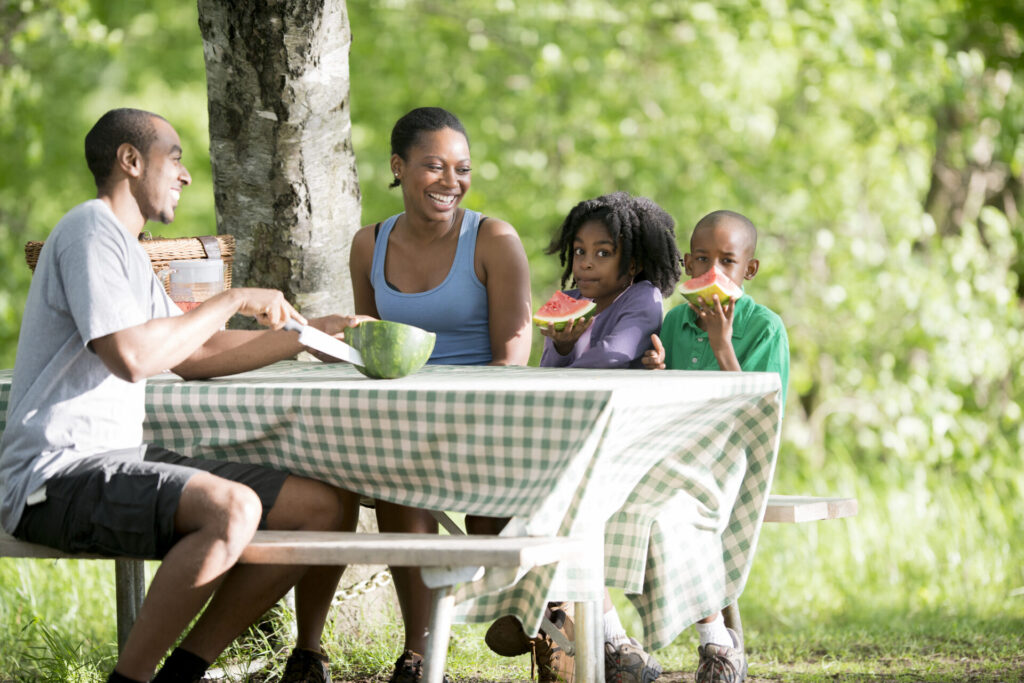
A plastic, flannel-backed tablecloth and clips to hold it in place are highly recommended for your campsite’s picnic table. It provides a clean surface for eating as well as for washing dishes.
Nighttime must-haves
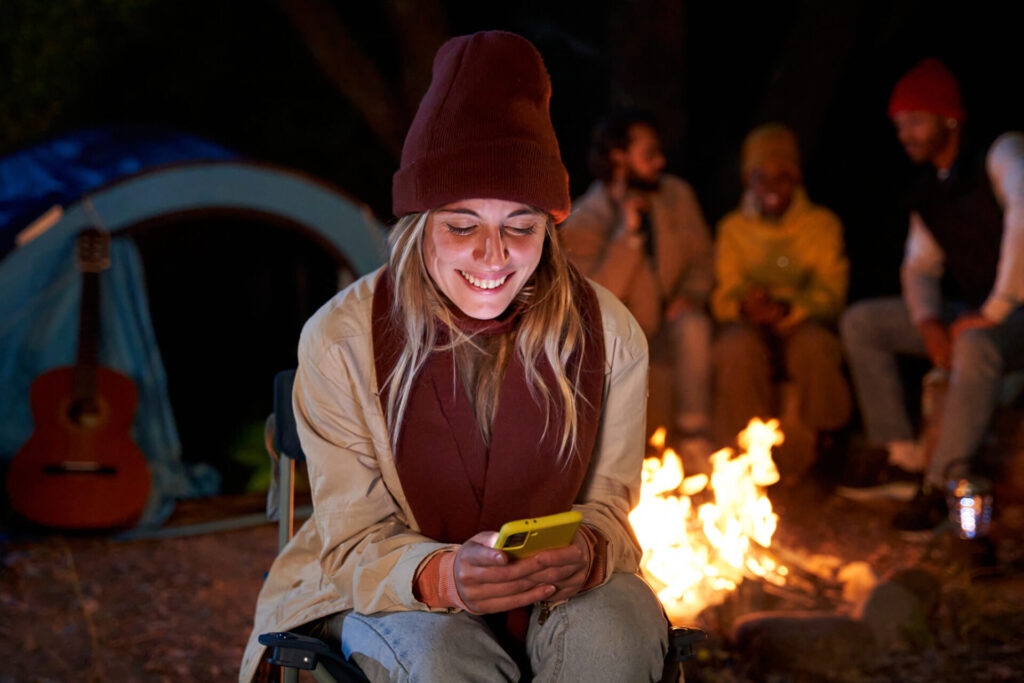
As night falls, you’ll want to keep the bug spray handy and change into clothing that will protect you from mosquitoes. Likewise, this is a good time to don socks and closed-toe shoes. Put your cooler, all food items and toiletries into your car before dark. Even better, make use of food lockers if they’re available onsite. If bears are in the area, you’ll need to be even more cautious.
Bring flashlights or battery-operated lamps (with extra batteries), newspaper, and a barbecue lighter to start your fire. Folding lawn chairs are handy around the firepit, but a picnic table bench will do in a pinch. As for firewood, most parks sell it at the gate, and you can buy it during check-in. (Never bring firewood from home- you may unintentionally introduce invasive insects to your park.)
Other essentials
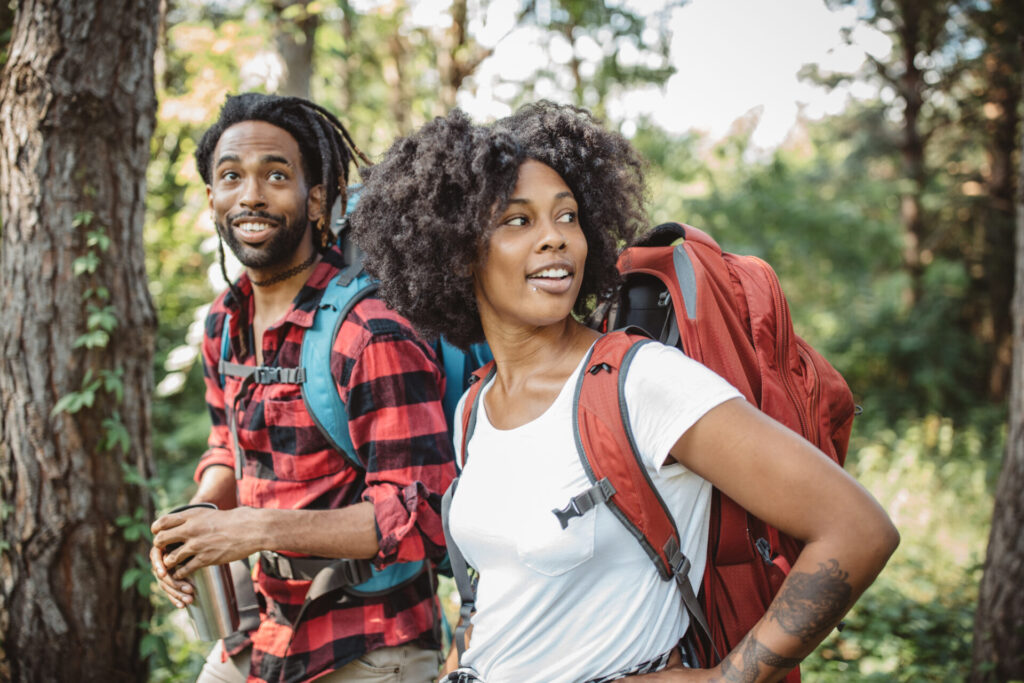
If you plan to hike, remember refillable water bottles, hats, sunscreen and comfortable shoes. Dress for the weather and toss a first-aid kit into your pack.
Don’t forget your cell phone (and charger), snacks, hand sanitizer, park map and compass.
Also, remember to get travel insurance if you are camping in another country or outside your province. Accidents can happen even if you take all the precautions, and it is important to carefully consider your coverage options before embarking on your trip. CAA Travel insurance can provide peace of mind and financial protection while camping in the wilderness.
Need some new camping gear?
CAA Members earn up to 5% in CAA Dollars from SAIL and PRFO Sports. Go to caaneo.ca/shoponline for details.
CAA Travel Insurance is underwritten by Orion Travel Insurance Company, a CAA Company. Certain exclusions, limitations and restrictions apply. Subject to change without notice. A Medical Questionnaire is required if you are 60 years of age and older. Quotes are valid for 30 days with your quote number.
®CAA trademarks are owned by, and use is authorized by, the Canadian Automobile Association.

